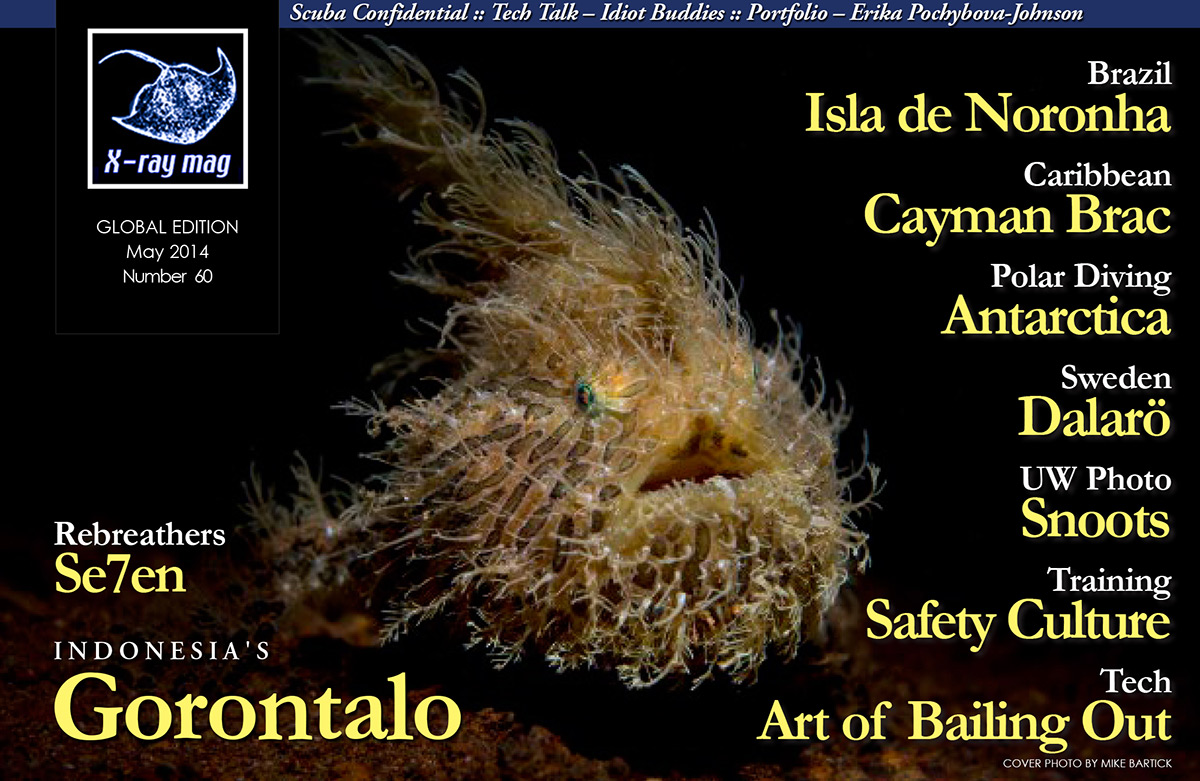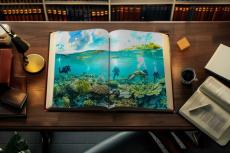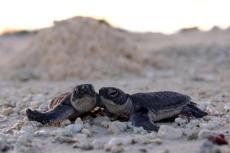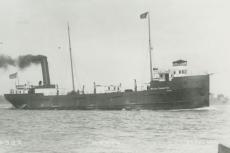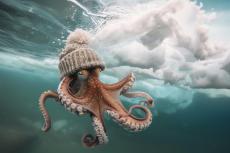Miles of white sandy beaches, family vacation destinations, infamous spring break festivities and outstanding state parks attract millions of visitors to Florida annually from around the world. But there is so much more to see—especially for those who like to take their sightseeing down below the ocean and gulf waters—like the beauty and magic of thousands of artificial reefs that lie beneath the surface along Florida’s coastlines.
Contributed by
And while Florida’s coral reef tract lies in south Florida waters, divers and snorkelers can find more than 2,800 artificial reefs located off 34 of the 35 coastal counties.
Species such moray eels and sea turtles, red snapper and cobia, Atlantic spadefish and butterfly fish—and even goliath grouper reaching up to seven feet in length and weighing several hundred pounds—frequent the reefs as thousands of tiny fish spiral around them.
The artificial reefs vary from as little as one ton in size to in excess of 30,000 tons. These structures had varying roles before becoming a part of the vast underwater artificial reef community. There are former combat army tanks, barges, freighters, schooners, tugboats, box cars, airplanes and water towers.
Currently, these types of reef materials are no longer used since new permits require that reef materials be usable for long-term marine habitat and remain stable on the ocean floor.
Most new reef materials are prefabricated concrete and steel reef structures built specifically for artificial reef use.
Some of the older artificial reefs were even somewhat famous before their sinking.
Before its sinking off the waters near Looe Key in 1998, the 210-foot ship Adolphus Busch was in the 1957 film Fire Down Below starring Robert Mitchum, Jack Lemmon and Rita Hayworth.
In 2009, the USS Hoyt Vandenberg—a 520-foot long missile tracking ship and the star of the 1999 movie Virus starring Jamie Lee Curtis—was sunk off Key West.
Scrap army tanks and decommissioned old ships may not be thought of in terms of beautiful, but they do evoke a sort of intrigue and magic as artificial reefs.
Many of the structures were just sitting in water or on land, aging away, until Florida’s Artificial Reef Program was created in 1982, and once again, they were given a purpose.
Several of Florida’s artificial reefs have historical value. Some are registered with the Florida Underwater Archaeological Preserve and the U.S. National Register of Historic Places, such as the USS Hoyt Vandenberg that was sunk in the waters off Monroe County in 2009. It is the second largest artificial reef in Florida surpassed only by the USS Oriskany, which was sunk in 2006, about 22 miles from Pensacola Pass.
The USS Oriskany, measuring 888 feet in length and weighing 32,000 tons, was previously a Naval Air Craft Carrier used primarily in the 1970s and decommissioned in 1976. She is fondly referred to as the Great Carrier Reef.
The USS Spiegel Grove, named after U.S. President Rutherford B. Hayes’ estate, was active in the military from 1956 through 1984. It transported troops and equipment thousands of miles and to many countries including Newfoundland, South Africa, Spain and Denmark during the Cold War era. In 2002, the 510-foot ship was sunk in waters off the Florida Keys and is located near the John Pennekamp Coral Reef Underwater State Park in Key Largo.
Especially common in gulf waters off Mexico Beach in Bay County are memorial reefs that honor those who have passed on. Some of the pre-fabricated reef structures actually hold the ashes of families’ loved ones in many areas of the state, particularly off Sarasota. (...)





